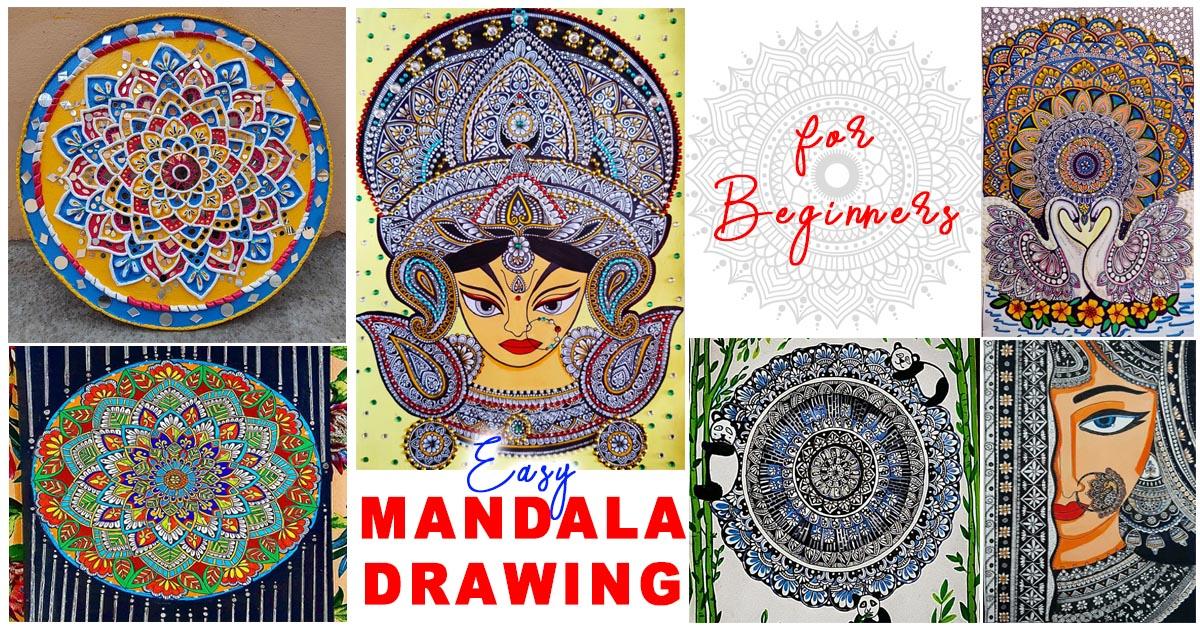Have you been looking for a new activity to help you unwind and express yourself creatively? Take a look at the Easy Mandala Drawing for Beginners.

The article covers the basics of mandala drawing, including what supplies and tools you’ll need, getting started strategies, and advice from a young Mandala artist-Eshita from Meerut on creating your designs.
So get your pens and paper ready, and let’s begin!
What is Mandala Art in Simple words
Mandala, which means “circle” in Sanskrit, is a spiritual and ritual emblem depicting the universe in Hinduism and Buddhism. While the elaborate designs of Mandalas may appear difficult, but in reality Mandala artform is pretty easy to start.
Mandala art is just the creation of elaborate circular motifs. The basic idea is to start with a circle and add symmetrical patterns and shapes.
Unveiling the Mystical Tapestry: Mandala Drawing
History and Meaning
Mandala drawing has been around for centuries, with roots in ancient Hindu and Buddhist traditions. Mandalas were a tool for meditation and spiritual practice in many civilizations. The circular design and elaborate patterns reflect the universe and the interdependence of all things. Mandalas were also employed in religious rites to aid with visualization when meditating.
As Mandala drawing became more popular, it spread to other cultures and was adapted to fit different artistic styles. Regardless of the differences, the core ideals of balance, harmony, and oneness remain constant.
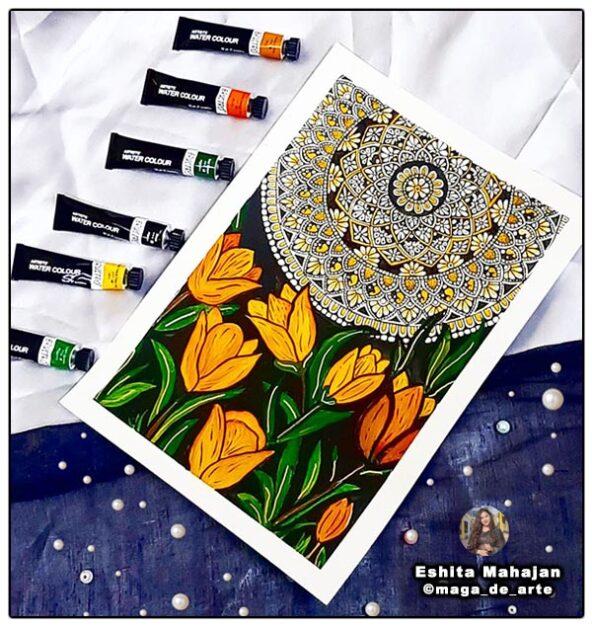
Benefits of Mandala: Easy Mandala Drawing for Beginners
Mandala art is becoming increasingly popular as a therapeutic and artistic technique, particularly among beginers. Even if you have no creative expertise, making Mandalas may be a rewarding and joyful experience. Here are five advantages to doing Mandala art:
1. Stress Reduction:
Drawing Mandalas relieves tension and anxiety. The repeating rhythms and focused concentration have a relaxing impact on the mind.
2. Being mindful:
Drawing Mandalas promotes mindfulness. You become more aware of your thoughts, feelings, and environment as you concentrate on each stroke and precise detail.
3. Expression of Self:
You can convey your emotions and personality nonverbally by selecting colors, shapes, and patterns that speak to you.
4. Improved Concentration and Focus:
It increases attention span and trains the mind to remain involved in the creative process.
5. Personal Development:
Through repetition, Mandala art promotes self-discovery and personal growth, allowing you to create a deeper connection with yourself.
As a beginner, including Mandala art into your life is simple and enjoyable experience.
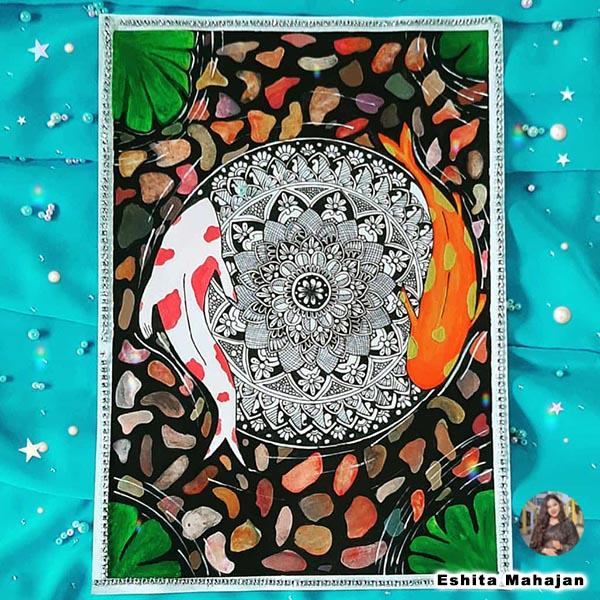
Mandalas: Rediscovering Peace and Creativity
Meerut based 18 year old, Eshita Mahajan’s narrative is a witness to the transformational impact of this ancient discipline in the world of mandala art. Her path exemplifies the benefits and intimate connection that Mandala art can provide.
Since childhood, I have been fond of art and wanted to explore its different forms. As time passed, I learned many art forms like cartoon drawing, Madhubani art and wall art, but due to my studies, I could not practice art
Eshita Mahajan
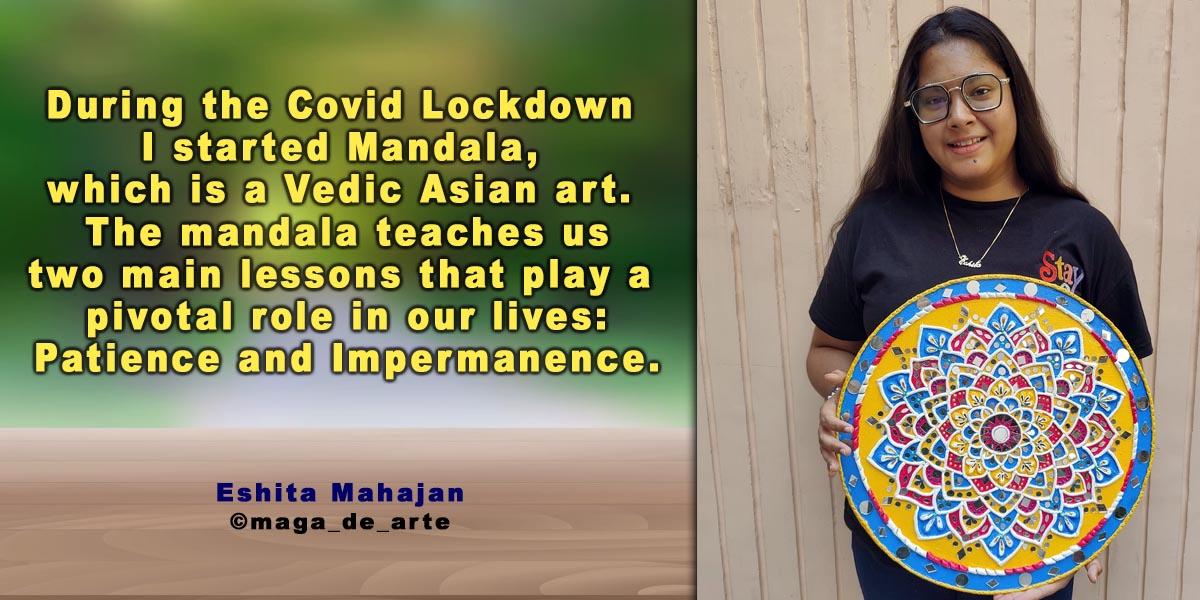
Eshita, the budding Mandala talent, understood the therapeutic function of mandalas after drawing inspiration from Buddhist monks. She discovered inner serenity with each detailed and symmetrical pattern, as though meditating in the peaceful mountains.
In Dec”22 Eshita won the First prize in the Mandala Category, National Level Art Competition organized by Creative Designs. Eshita’s artistic journey has blossomed to new heights with her artwork appearing in Vidhi Nandu’s engaging book “Design to Divine.” This fascinating newspaper lives up to its name by celebrating the power of design and nurturing the divine spirit of artists, creating a dynamic arena for creative expression.

Eshita started the Instagram account @maga_de_arte to rekindle interest in this ancient art form, especially among young generation who want to start Mandala. With her experience, she intends to combat negativity and chaos by spreading knowledge about Mandalas and providing a source of peace and tranquillity in a turbulent world.
Mandalas of Various Types
You can make three types of mandalas: geometric, nature-inspired, and freeform.
Geometric Mandalas
Feature recurring shapes such as circles, triangles, and squares. They feature a crisp, symmetrical design. Geometric forms are simple to draw and are an excellent style for beginners. All you need is a compass to draw many circles of varying diameters.
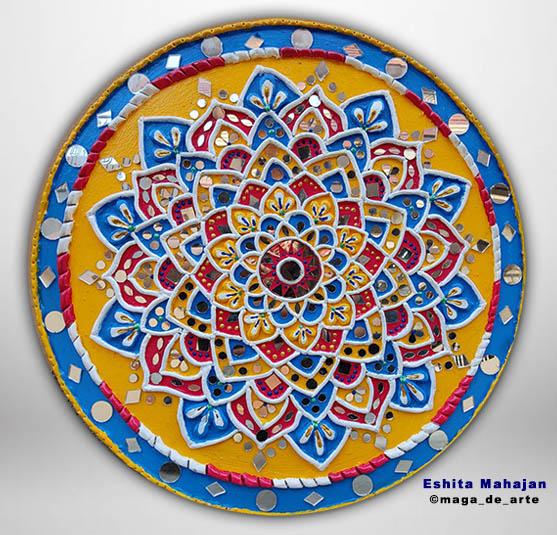
Nature-Inspired Mandalas
Use natural forms such as flowers, leaves, feathers, or seashells. Nature Mandalas, while more difficult than geometric designs, allow you to be creative. You can stylize and arrange the forms in whatever way you choose. For ideas, look at photographs of plants, animals, or landscapes.

Freeform Mandala
They have an unstructured design. You begin with a circle, but the patterns within are haphazard and unplanned. The most intuitive and liberating to make are freeform mandalas. Allow your imagination to run wild! Doodle and scribble to see what shapes appear. The abstract nature of freeform Mandalas allows you to express yourself freely.
Mandala drawing, regardless of style, is intended to be a meditative practice. Your mandala will be just right – just like you! Begin with whatever sparks your interest.
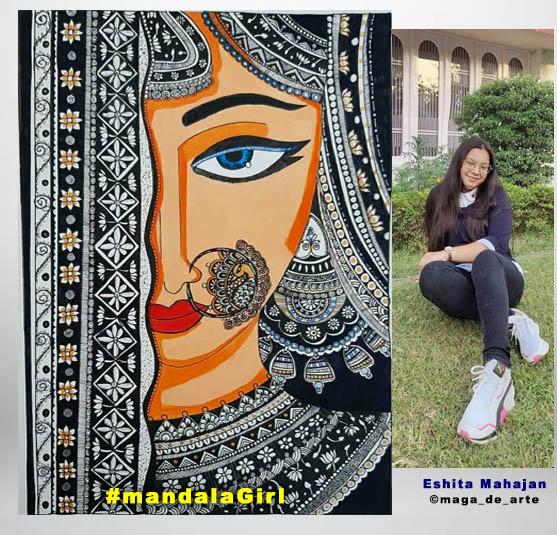
5 Symbols of Mandala
The Mandala has five common elements, each symbolizing a different facet of harmony and balance.
Circle
The most prevalent symbol is the circle, which represents wholeness, eternity, and the cycle of life. The circle encircles and contains all of the other elements of the mandala.
Square
The square symbolizes security, structure, and the physical world. The four sides also represent harmony between the four cardinal directions.
Triangle
The triangle represents ingenuity, knowledge, and spiritual ascent. The three sides also symbolize the relationship between the heavens, the earth, and man.
Lotus
Many Eastern cultures regard the lotus as a sacred flower. The lotus, which rises from the muck and blossoms in splendor, represents purity, resurrection, and spiritual growth.
Deity
A deity, generally a Buddha, Bodhisattva, or other enlightened person, sits at the center of many mandalas. The deity embodies spiritual illumination and divine wisdom at the heart of all existence.
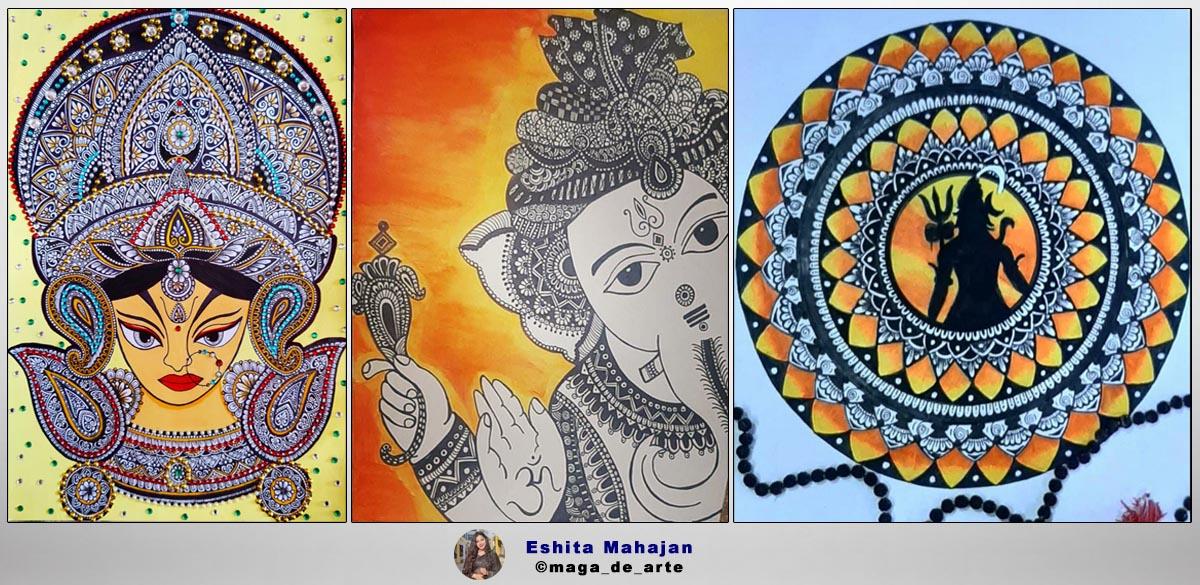
The meanings of these symbols may alter depending on the type of mandala and cultural interpretation. However, they all stress the same underlying ideas of harmony, balance, and spiritual wholeness that the mandala represents. By understanding these symbols, you can gain a deeper appreciation for the mandala’s profound beauty and power.
Choose a Simple Mandala Design for Beginners
Once you’ve gathered your basic ingredients, there are a few things to bear in mind as you begin your first mandala.
Start Simple
Don’t be intimidated by elaborate, colorful Mandalas you see in books or on the internet. Begin with a simple circle and progress to more complicated designs as you gain experience. Basic shapes such as circles, triangles, and squares are ideal for novices.
Make use of a compass
A compass is the most convenient tool for drawing a flawless circle for your mandala basis. Set the compass to the desired circle size and mark it on the paper. Rotate the compass while holding the point steady. Draw over the compass’s edge with a pencil.
Include patterns
The secret to creating an intriguing mandala is to use repeating geometric patterns. Look for ideas in nature, art, architecture, and textiles. Begin by imitating simple designs such as dots, swirls, and crosses. As you progress, you can build your unique patterns.
Leave space in the center
The core of your mandala should remain open and unadorned. The empty void depicts the boundless, unmanifest source of all creation. You can make the center as big or as little as you want, as long as it’s blank.
Color it in
Color is optional for your mandala but can help bring your design to life. Fill in the shapes and patterns using colored pencils, markers, or paints. Choose a significant color palette or stick to basic hues like red, blue, and yellow. Leave the middle white.
Keep going and enjoy the process. With each mandala you produce, your talents will increase! Allow your imagination to run wild and appreciate this contemplative art form.
Focus on the Process, Not the Outcome
The Mandala creation process is a meditative activity, not a quest for perfection. As you draw, focus on the flow and rhythm of your movements rather than judging your work. This will help quiet your mind and increase your focus.

How to draw Mandala for Beginners
Follow these basic steps to begin drawing mandalas as a beginner:
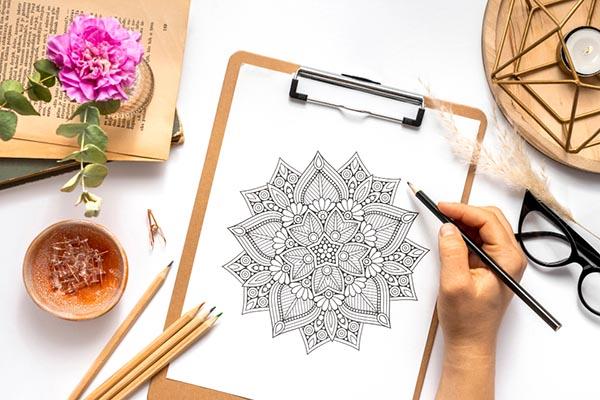
Gather your supplies
You’ll need basic supplies- paper, a compass, a ruler, pencils, an eraser, and coloring tools such as pens, markers, or colored pencils. For beginners, start with a pre-printed Mandala template or stencil. As you get more advanced, you can create your own mandalas freehand.
Start with a circle
Draw a perfect circle on your paper with a compass. This will be the rim of your mandala. Choose a size that works for you, 3 to 12 inches in diameter.
Include shapes
Draw geometric forms inside the circle with your ruler and compass, such as squares, triangles, pentagons, or hexagons. Begin by drawing a few larger shapes, then smaller forms within those. Fill the circle by working your way inward.
Color and Embellish
Decorate your mandala with patterns, dots, swirls, and other designs. Color in the forms and backdrop after that. Softer pastel colors are easier on the eyes, but any color will do.
Reflect
As you draw your Mandala, take some time to contemplate the meaning behind your forms, patterns, and colors. Mandalas can be a meditative exercise. But for beginners, just focus on the creative process – you can explore the deeper meanings over time as your skills develop.
Your skills will improve with repeated practice, and before you know it, you’ll confidently design beautiful and colorful Mandalas! So gather your materials and get started; you’ll be addicted in no time.

Add Color to Your Mandala
Color is optional for your mandala, but it can be a fun way to improve your creation. However for adding color these are the few available options:
Colored Pencils
Colored pencils are a simple way to begin exploring color in your Mandala. Look for a set with vibrant colors, such as reds, oranges, yellows, greens, and blues. Begin with lighter colors and progressively build up layers of color until you attain the desired depth. To make your shades, mix pencils.
Markers
Felt tip or fine liner markers can also be useful for adding color to your mandala. Look for markers with different tip thicknesses so that you can color in both large and small areas. When using markers, use extreme caution because the ink can flow through the paper. To protect your Mandala, place an extra sheet underneath it.
Paint
Acrylic or watercolor paints are ideal for mandalas if you want to get right into the color. Cover your work table with various colors, then go wild with them. For the greatest results, begin in the center of your Mandala and work your way out. Allow your mandala to dry completely before adding any further details with pens or pencils.
Edit on the computer
You can design your Mandala by hand, then scan or photograph it and color it with photo editing software for a low-mess approach. Many free or low-cost tools, such as Colorize, Adobe Color CC, and Pigment, allow you to fill in blanks, modify hues, and let your imagination run wild. Have fun experimenting with different color combinations!
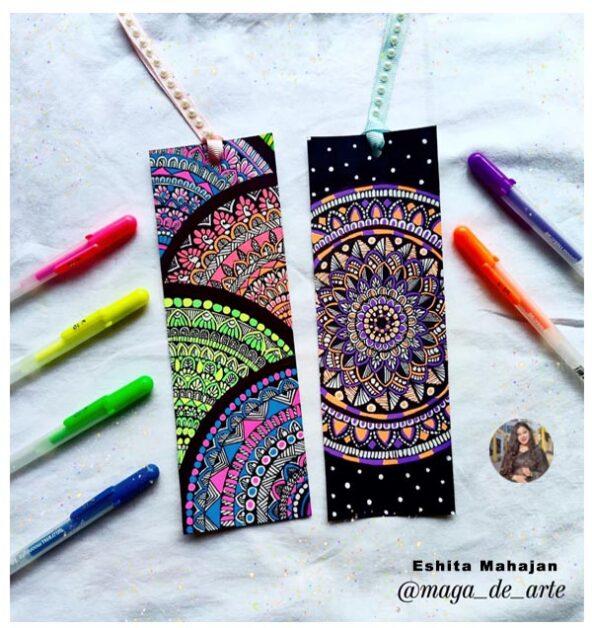
FAQ: Easy Mandala Drawing for Beginners
Do I need artistic abilities or expertise to draw mandalas?
You do not need prior creative talents or experience to create mandalas. Mandala painting is available to everybody, regardless of artistic background. It’s a technique that promotes self-expression and creativity at all ability levels.
How can drawing Mandalas benefit my well-being?
There are various health benefits of drawing mandalas. It can aid in the reduction of stress and anxiety, the promotion of awareness and focus, and the instillation of relaxation and inner calm. Mandala art can be a healing and peaceful activity that promotes self-reflection and personal growth.
Conclusion
So there you have it, your Easy Mandala Drawing for Beginners. With the basic supplies, simple techniques, and practice you now have under your belt, you’re ready to start creating your own mandalas whenever the mood strikes.
Let your creativie juices flow and don’t judge yourself too harshly, especially at begining. Mandalas are meant to be an enjoyable, meditative process, not a stressful one.
Start with basic shapes then build up from there by adding patterns, symbols, and color as you get more comfortable.
Before you know it, you’ll be drawing intricate, colorful Mandalas and channelling your inner artist. You’ll be glad you tried this new expression on your body, soul, and intellect.
Our Digital Imprints:
Get Connected to us on Linkedin- “Transforming Lives“. Creating the magic. Just – Believe ~ Practice ~ Perform
Bonus- Watch Our 7 Steps to Goal Setting on Youtube Videos NuteqEntertainment
Don’t miss out on our most recent resources and recommendations. Join Trendvisionz online magazine today by subscribing!
Get connected to TRENDVISIONZ to stay updated with latest information. All take time out to check our About Us Page. Incase you want to get in touch with us do Contact us. A shoutout to Guest writers.
